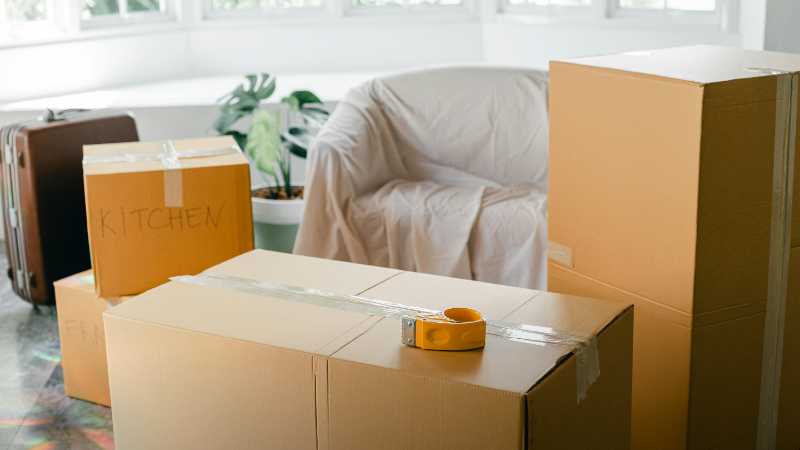Moving valuables, whether for relocation or any other reason, can be stressful. However, with careful planning and attention to detail, you can ensure the safety of your precious items.
Before delving into the step-by-step guide, it’s essential to understand what qualifies as a high-value item. Generally, items exceeding $100 per pound are considered high value, and many moving companies also categorize anything over $1,000 in this category.
However, Christine Daves, owner of Think Organized and certified professional organizer, encourages a broad definition of “valuable.” She mentioned that items like children’s favorite stuffed animals are considered precious, particularly during a move.
“Kids are already going through such a big change,” Daves said. “If they have a specific teddy bear or something, it’s a valuable item if they need it to sleep.”
Daves also said that you should pay attention to small yet important things that often get overlooked, such as prescription medications and important documents. Replacing those can be an expensive and stressful task, especially in an unfamiliar environment.
After you finish compiling a list of your valuables, it’s time to start packing. Here are some tips on how to best move them around during your move.
Use the right materials & techniques
Investing in proper packing materials is crucial to safeguard delicate and valuable items during a move. Andy Simon, a packaging expert from Wayfair.com, provides professional tips for shipping valuable items, such as using bubble wrap and foam wrap instead of packing peanuts to prevent items from settling or shifting during transit.
He also encourages packing valuable items generously, similar to a crumple zone in a car. Multiple layers of surface wrap and sufficient clearance from the box enhance protection.
When packing, you should use recommended packing materials such as high-quality moving boxes, bubble wrap, packing paper, padding materials and strong packing tape.
Smaller boxes are advised for valuables, says Jon Daly, a mover with Matt’s Moving in Minneapolis. Packing them in small boxes ensures they stay on top of the load.
“Big boxes are meant to be filled with many goods,” he said. “Keep valuables by themselves in smaller boxes so they can go on the top of the load.”
Keep smaller valuables with you
Certain items should not be packed in a moving truck but transported in your vehicle. These include jewelry, smaller electronics, photo albums, computer equipment, sentimental items, as well as paintings and artwork.
Christine Daves recommends keeping these valuables with you, especially during stops, even for a meal. Try not to leave your valuables alone in the car, no matter how concealed they appear to be.
Hiring professional movers for high-value items
Professional moving companies are equipped to handle the transportation of valuable items securely. Movers use a “high value” inventory form to identify and track the condition of high-value items separately. Professional movers also bring high-quality materials like double-walled boxes and custom-made wooden crates for fragile or expensive belongings.
In terms of technique, moving crews are trained to pack all items correctly, with special attention to high-value possessions. The moving crew can even double-check any items you packed.
However, using moving services does not guarantee your goods will be free from damage. To prevent damage to high-value items during a professional move, you should show all high-value items to your moving crew on move day, sign the form and ensure that movers correctly label your boxes.
Follow these steps to avoid surprises at delivery, and your moving company might not be liable for damages without a signed high-value inventory form.


